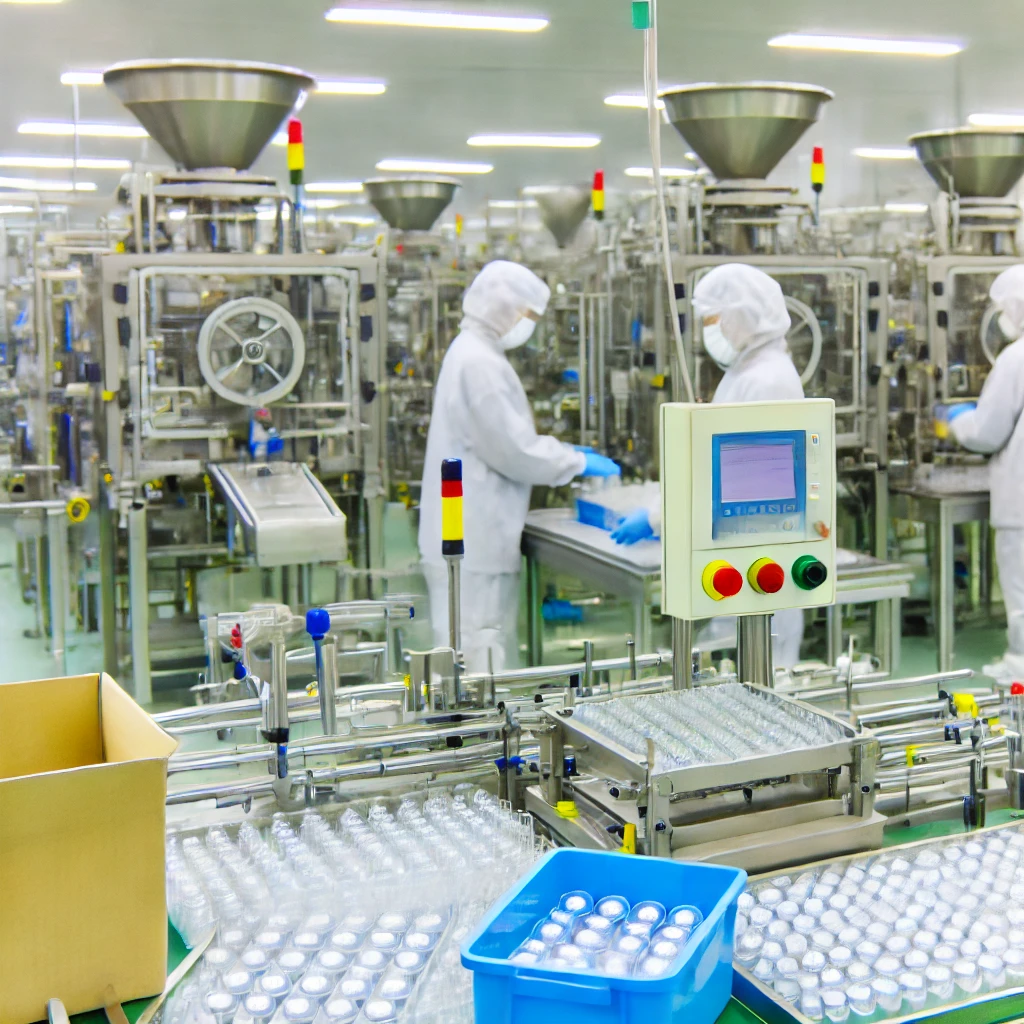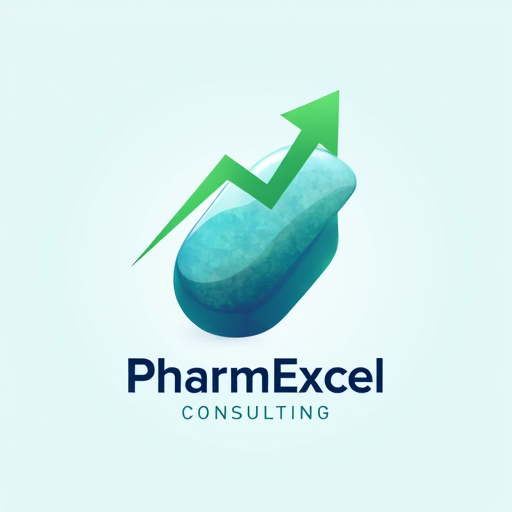
Pharmaceutical Manufacturing: A Deep Dive into the Process
Pharmaceutical manufacturing is a critical part of the healthcare system. It’s the backbone of the production process for life-saving drugs, and while it can be complex, understanding how it works can unlock new opportunities for efficiency and safety!
Whether you’re working in pharma, trying to enter the industry, or simply curious about how the system operates, this guide will break down the essential aspects of pharmaceutical manufacturing. It’s not just about producing pills—it’s about ensuring every step meets stringent quality standards and regulatory compliance.
In this comprehensive guide, we will explore the essential processes of pharmaceutical manufacturing, delve into the technologies used, and discuss how to tackle challenges in the industry. By the end, you’ll have a clear understanding of what it takes to succeed in pharmaceutical operations and what tools you need to stay ahead.
What is Pharmaceutical Manufacturing?
Pharmaceutical manufacturing is the process of producing drugs in large quantities for public consumption. It includes everything from sourcing raw materials, creating formulations, testing products, and packaging them for distribution. It’s an essential component of the healthcare industry because it ensures that medications are made safely, accurately, and efficiently.
There are two main types of pharmaceutical manufacturing: in-house production and contract manufacturing. In-house manufacturing means a company produces its own drugs, while contract manufacturers are third-party companies that produce drugs on behalf of a brand. Both methods require strict adherence to industry regulations to ensure safety and quality.
The Pharmaceutical Manufacturing Process Explained

The pharmaceutical manufacturing process involves several distinct stages, each critical to producing a safe and effective product. Here’s a look at what happens behind the scenes:
- Raw Material Sourcing and Testing:
Pharmaceutical manufacturers start by sourcing raw materials. These materials must be tested for purity, strength, and suitability for use in drug production. This testing ensures that only high-quality ingredients are used in manufacturing. - Drug Formulation and Development:
Once raw materials pass quality checks, the drug formulation process begins. This includes mixing ingredients in precise amounts to create a stable, effective drug. It also involves testing and trial runs to ensure the formulation works as intended. - Production and Scaling:
Once the formulation is perfected, production begins. Manufacturing units use large-scale equipment to create batches of drugs, ensuring that every batch is consistent with the standards set during the trial phase. - Packaging and Labeling:
Packaging and labeling are just as important as the drug itself. Proper labeling ensures patients get the right dosage and the packaging keeps the drug safe from contamination. It’s essential to follow strict regulations when labeling pharmaceutical products, ensuring everything from dosage instructions to expiration dates is correct.
Key Regulatory Considerations in Pharmaceutical Manufacturing
Pharmaceutical manufacturing is heavily regulated to ensure public safety. The most important regulatory body in the U.S. is the Food and Drug Administration (FDA). The FDA enforces Good Manufacturing Practices (GMP), which are a set of guidelines that companies must follow to ensure product consistency, safety, and quality.
Other global regulatory frameworks include the European Medicines Agency (EMA) and the World Health Organization (WHO), which have their own standards for compliance. Manufacturers must navigate these regulations carefully, as non-compliance can lead to serious consequences, including fines, recalls, and even facility shutdowns.
Technology in Pharmaceutical Manufacturing
Technology is transforming the pharmaceutical manufacturing industry. One of the biggest innovations has been automation. Automation allows companies to streamline their processes, reduce human error, and improve efficiency. From robotic arms that fill bottles to AI systems that predict demand, technology is playing an increasingly vital role in production.
Serialization has also become crucial. This involves using unique codes to track and trace each product, preventing counterfeit drugs from entering the market. Serialization technologies are mandatory in many countries and are becoming more advanced each year.
Additionally, pharmaceutical manufacturing software is being used to improve inventory management, compliance tracking, and production scheduling. These tools ensure that every part of the operation is running smoothly and efficiently.
Overcoming Common Pharmaceutical Manufacturing Challenges
Pharmaceutical manufacturing is not without its challenges. One of the biggest issues is production delays. These can be caused by a number of factors, including raw material shortages, equipment failure, and unexpected regulatory hurdles. To overcome these, companies must have contingency plans and flexible production schedules.
Another significant challenge is supply chain disruptions. With global supply chains stretched thin, any interruption—whether due to natural disasters, political instability, or pandemics—can cause delays. The solution lies in building stronger, more resilient supply chains, leveraging local suppliers, and implementing predictive analytics to spot potential issues before they happen.
Finally, maintaining compliance is a constant struggle. Regulations change frequently, and staying up-to-date is crucial. Many companies turn to specialized compliance software and hire dedicated staff to keep operations in check.
Cost Reduction Strategies in Pharmaceutical Manufacturing
Cost reduction is always a priority in any industry, and pharmaceutical manufacturing is no exception. Here are a few strategies to reduce costs while maintaining quality:
- Lean Manufacturing:
Implementing lean principles helps eliminate waste and improve efficiency. This involves looking at every part of the manufacturing process and identifying where time, materials, or labor can be saved without affecting the quality of the final product. - Investing in Automation:
Automation is an upfront investment, but it pays off in the long run. Machines can work faster, more accurately, and for longer hours than human workers, leading to increased production without raising labor costs. - Supply Chain Optimization:
Tightening up your supply chain by working with fewer, more reliable suppliers and reducing unnecessary stock can help minimize overhead. It also reduces the risk of costly delays or stockouts.
Ensuring Product Quality in Pharma Manufacturing
Product quality is paramount in pharmaceutical manufacturing. There are two key components to maintaining quality: Quality Assurance (QA) and Quality Control (QC).
- Quality Assurance focuses on the systems and processes that ensure quality is built into every step of manufacturing.
- Quality Control involves testing samples of the product to ensure it meets safety and efficacy standards.
The most common test in pharmaceutical manufacturing is the stability test, which determines how well a drug will perform over time under different environmental conditions. Handling product recalls is another critical part of ensuring safety; even the smallest mistake can result in a product being pulled off the shelves.
The Future of Pharmaceutical Manufacturing
The future of pharmaceutical manufacturing is exciting, with many innovations on the horizon. We’re seeing a shift toward sustainable practices in manufacturing, as companies seek to reduce their environmental impact. This includes using greener technologies, reducing energy consumption, and minimizing waste.
Other trends include the rise of personalized medicine, which will require more flexible, smaller-scale manufacturing processes. Advances in 3D printing and biotechnology are also poised to change the landscape of pharma manufacturing, allowing for faster, more precise drug production.
Shaping the Future of Pharmaceuticals: Key Takeaways and Next Steps
Pharmaceutical manufacturing is a complex but essential part of the healthcare system. Understanding the processes, technologies, and challenges involved is crucial for anyone looking to improve their operations. Whether you’re focused on compliance, cost reduction, or innovation, staying up-to-date on industry trends and best practices can help you stay competitive in an ever-evolving field.
Have you faced challenges in pharmaceutical manufacturing? Share your experiences and thoughts in the comments below!

Leave a Reply